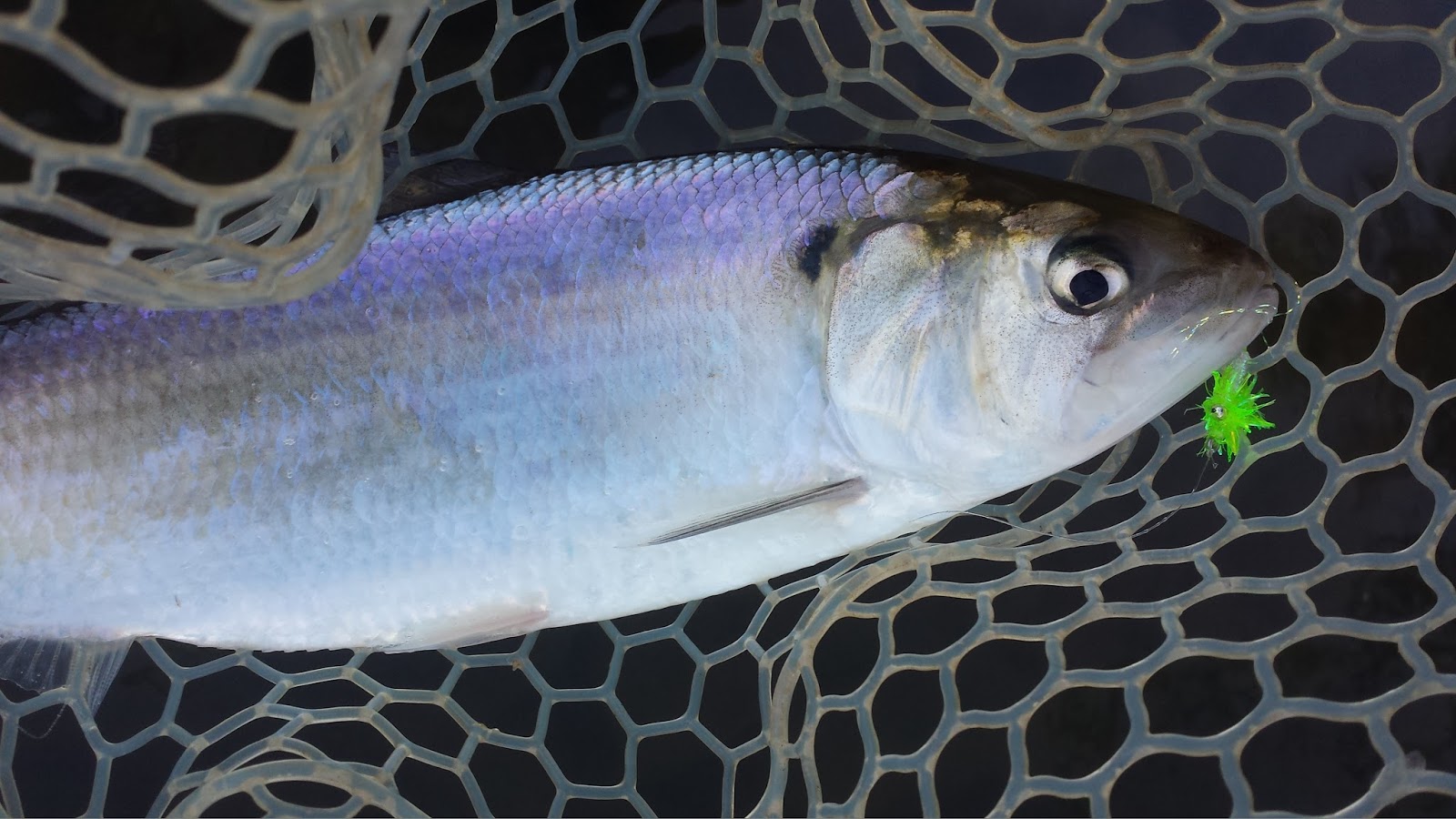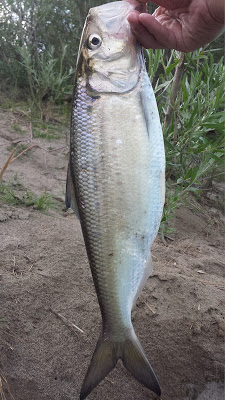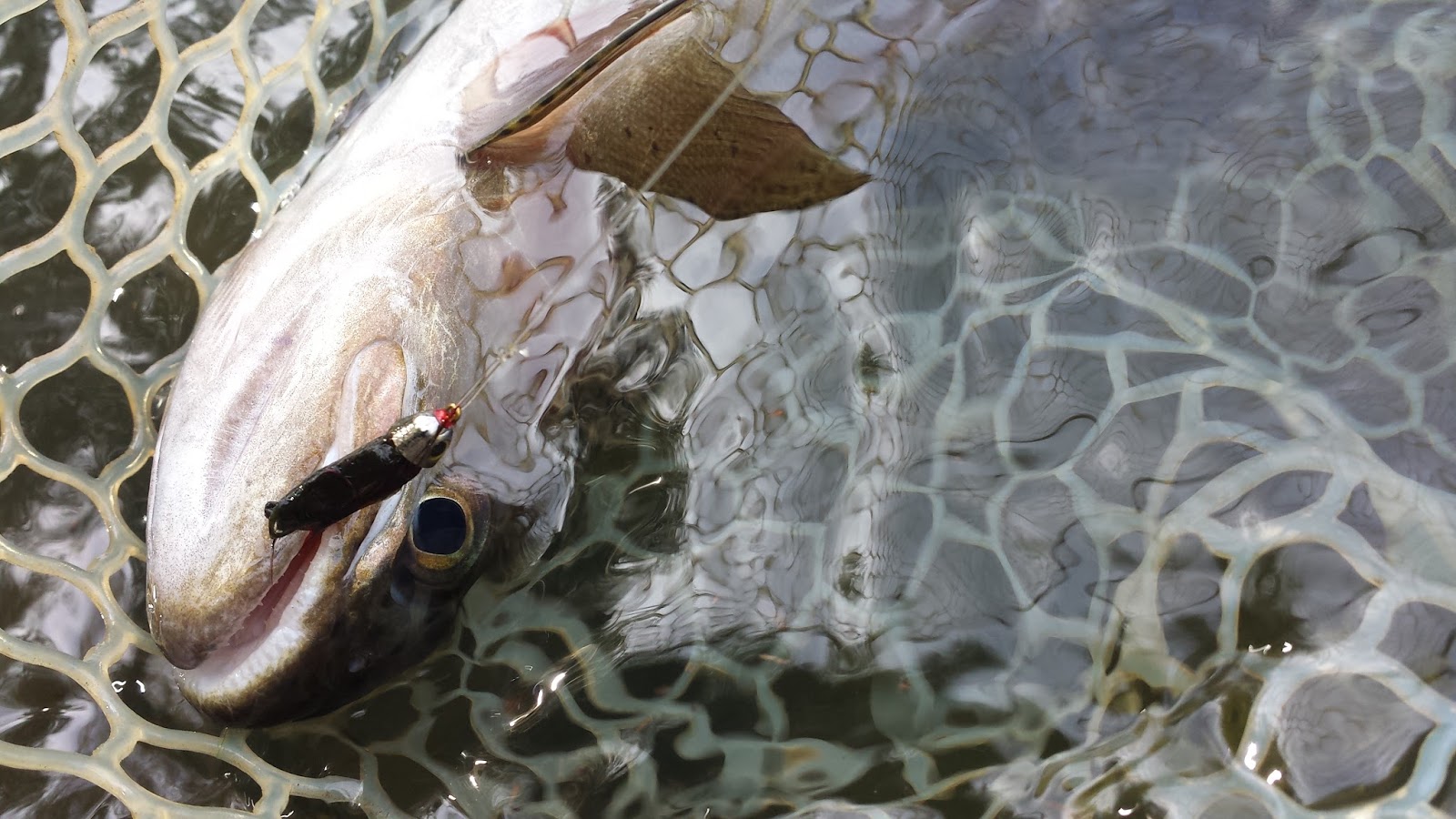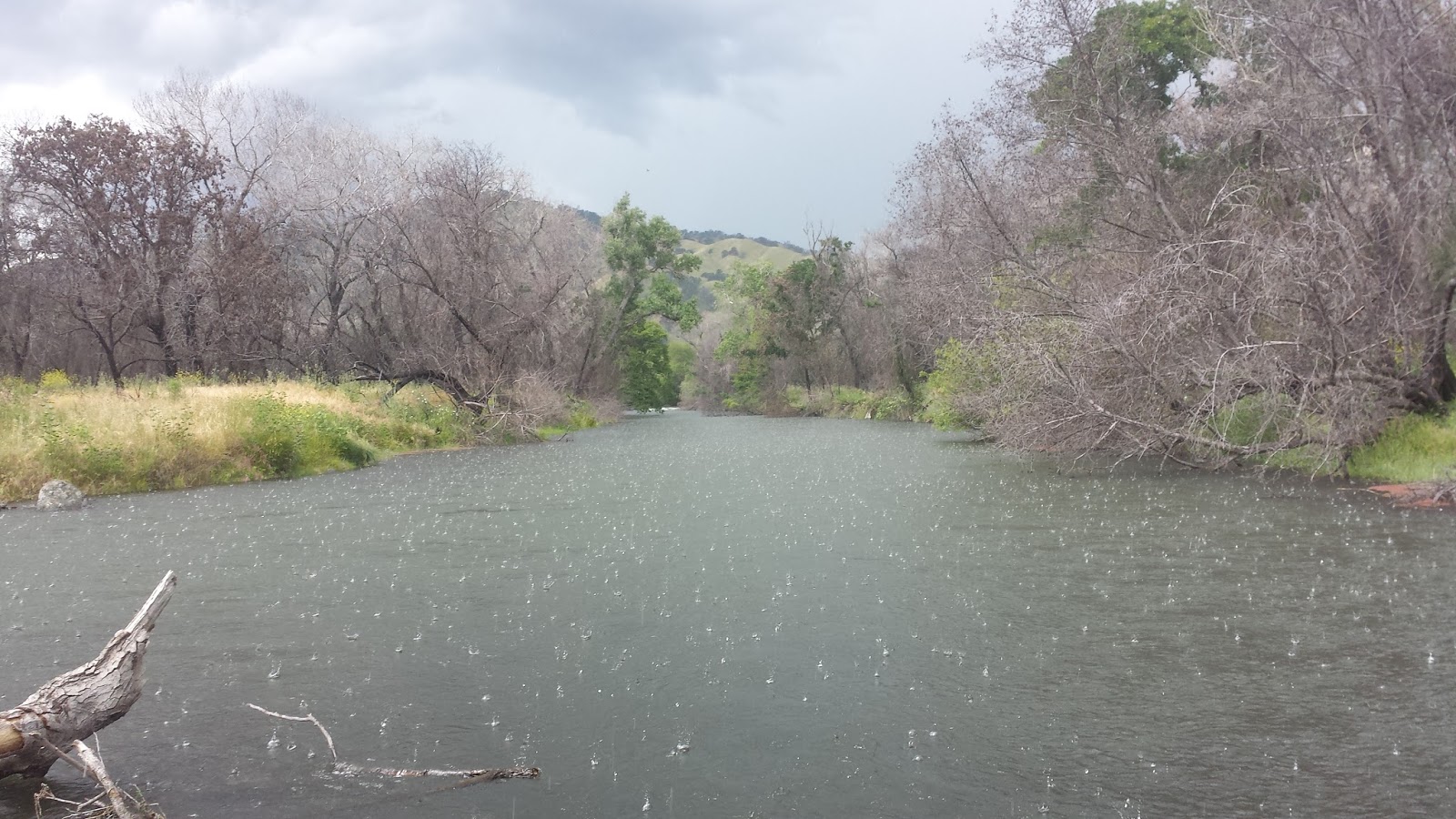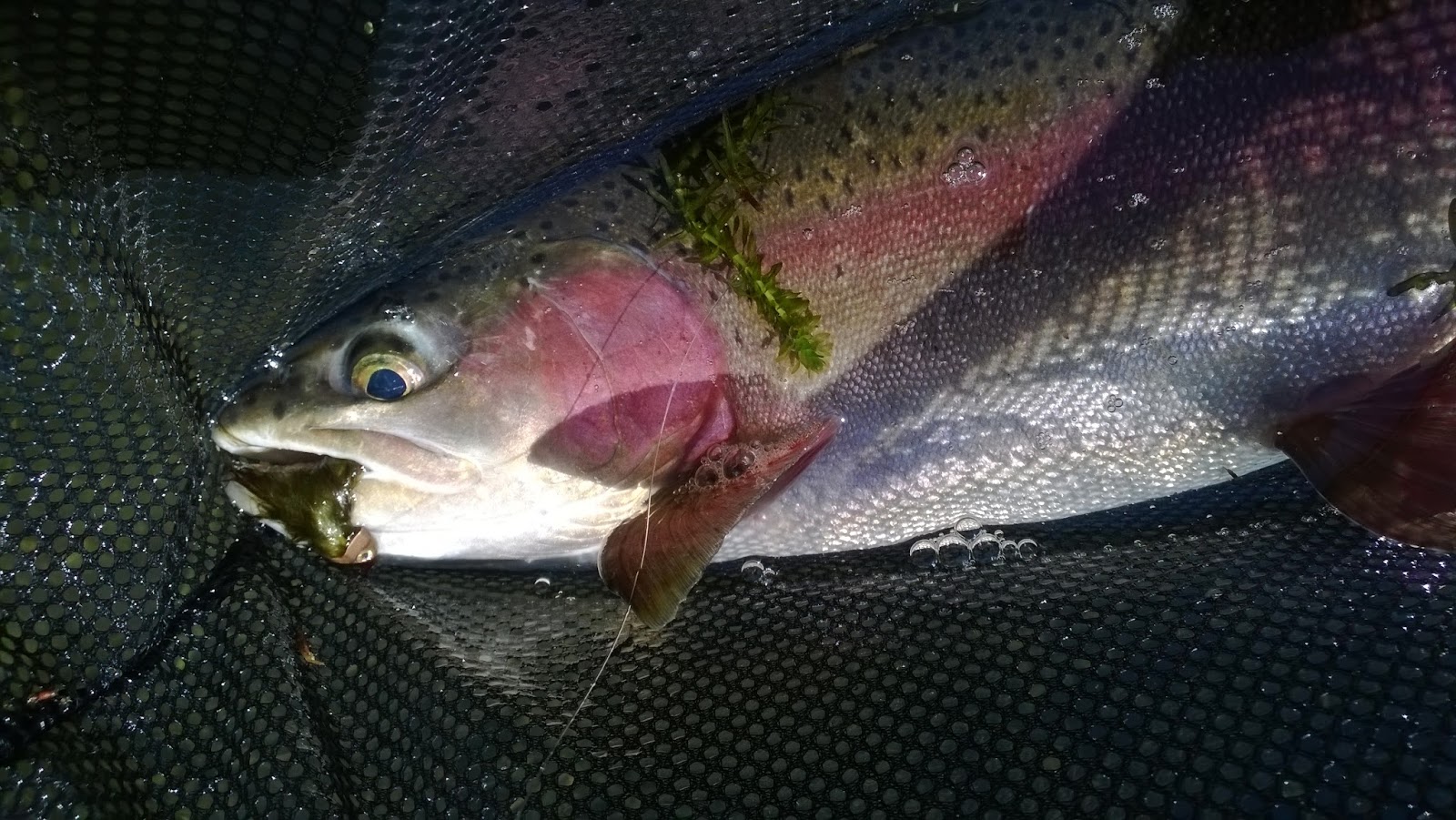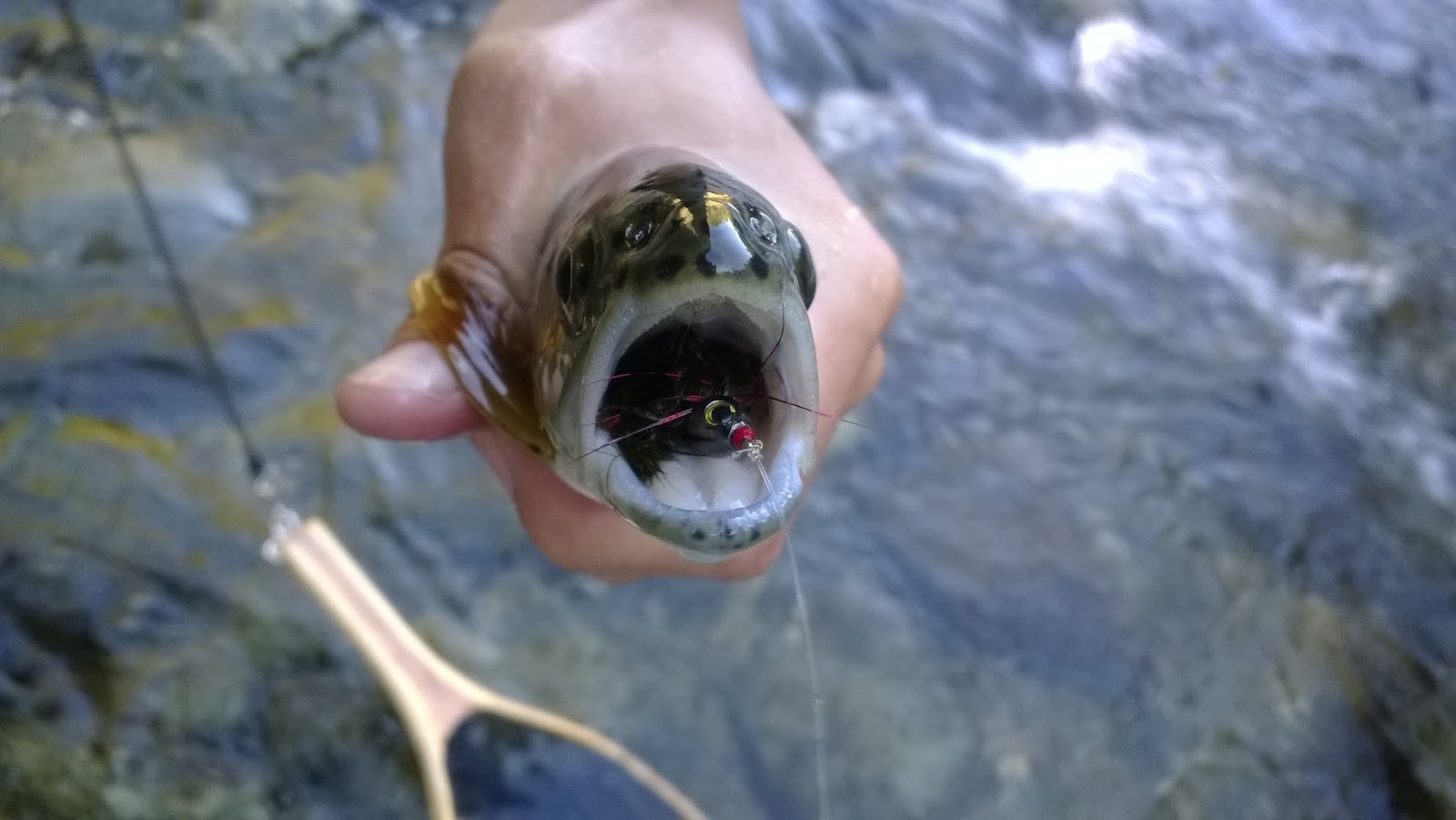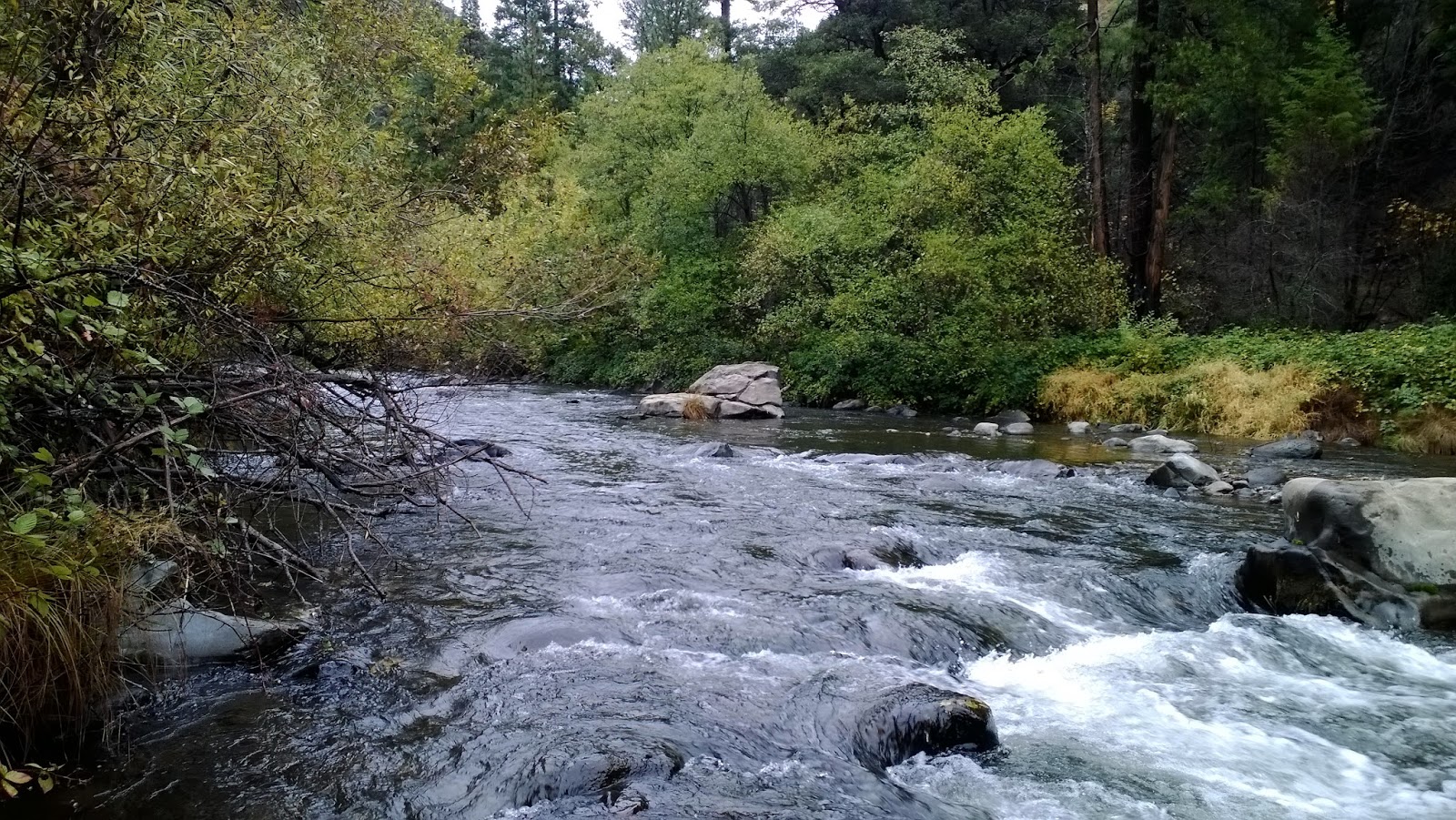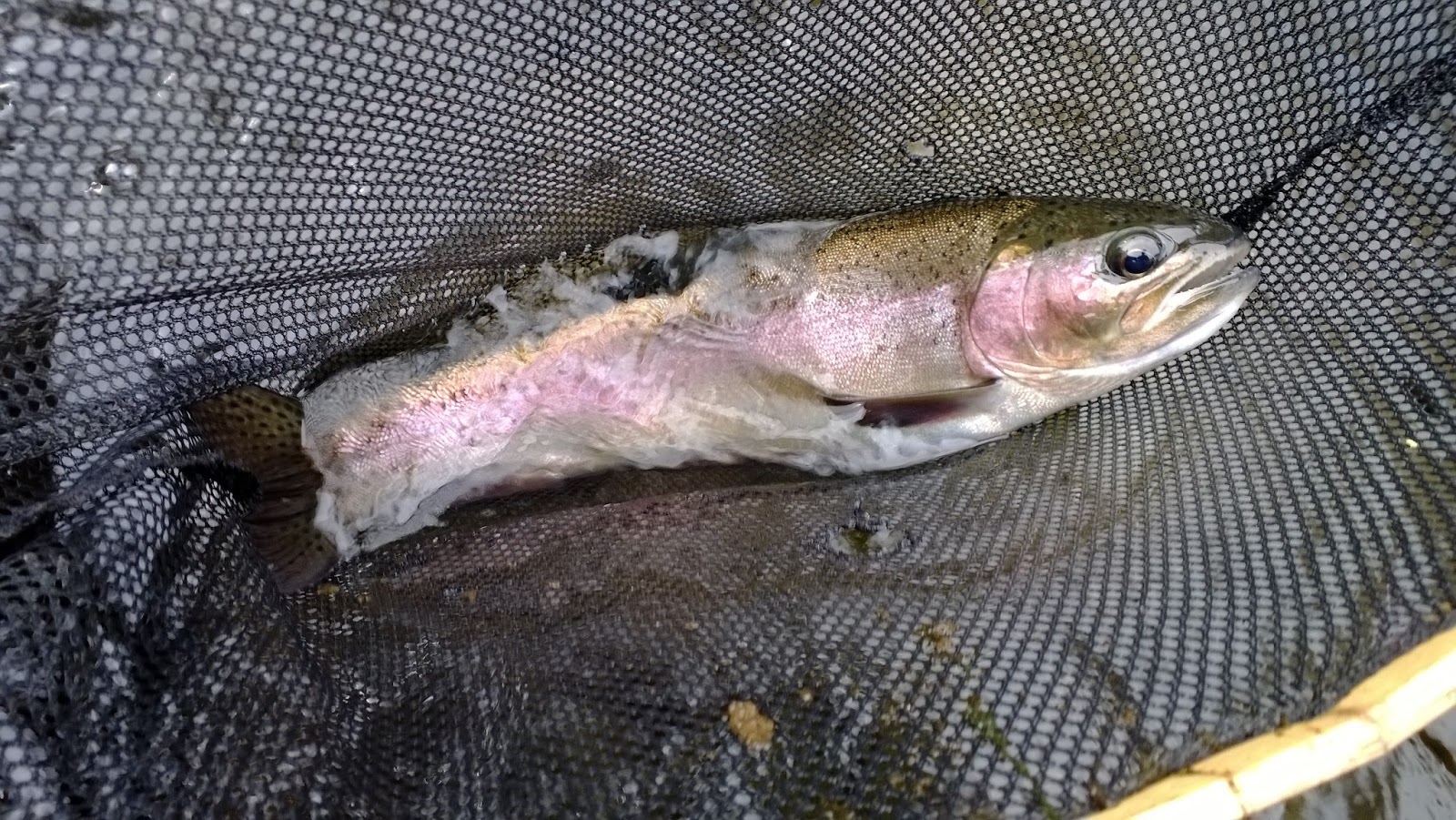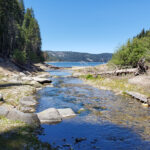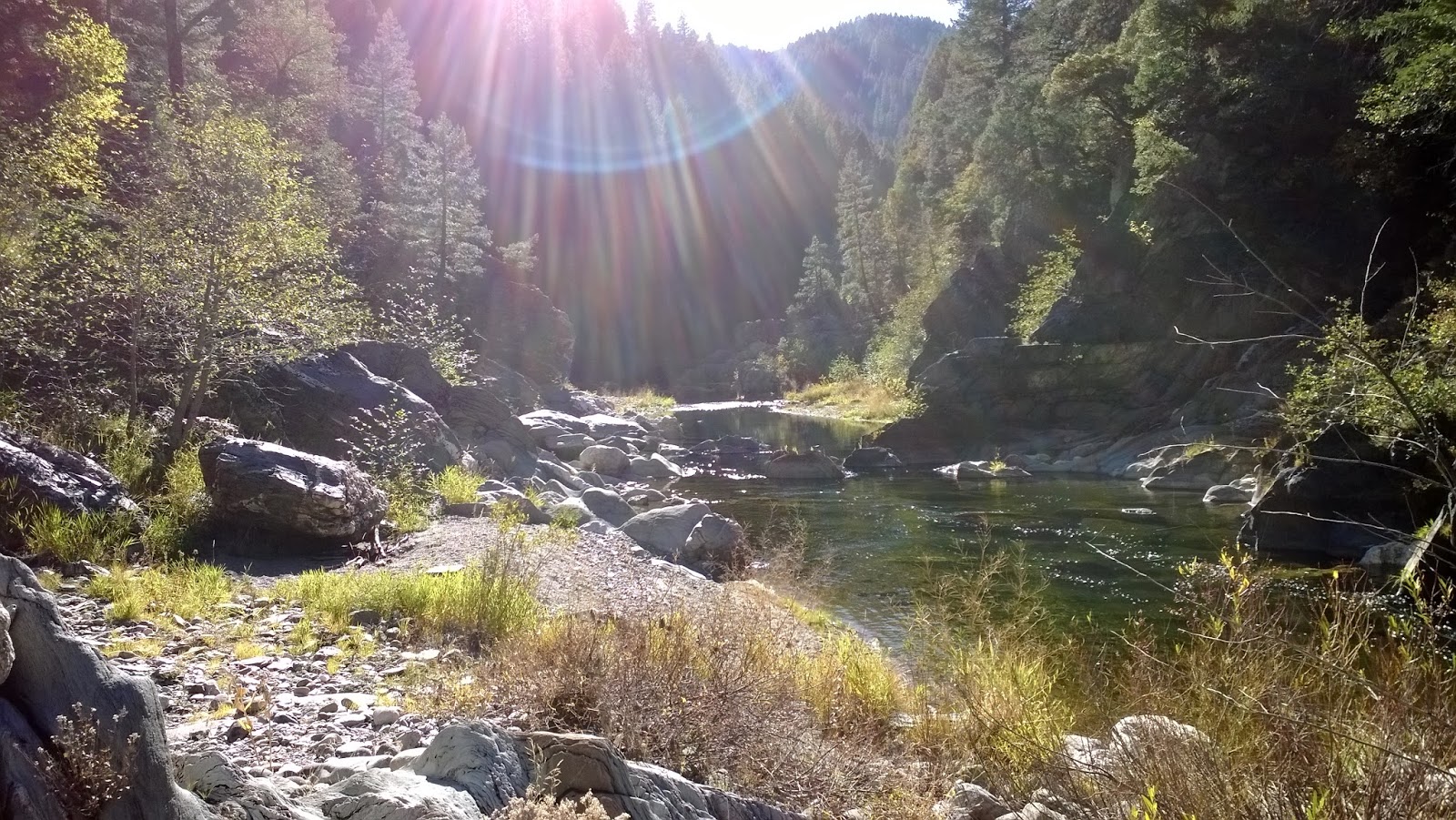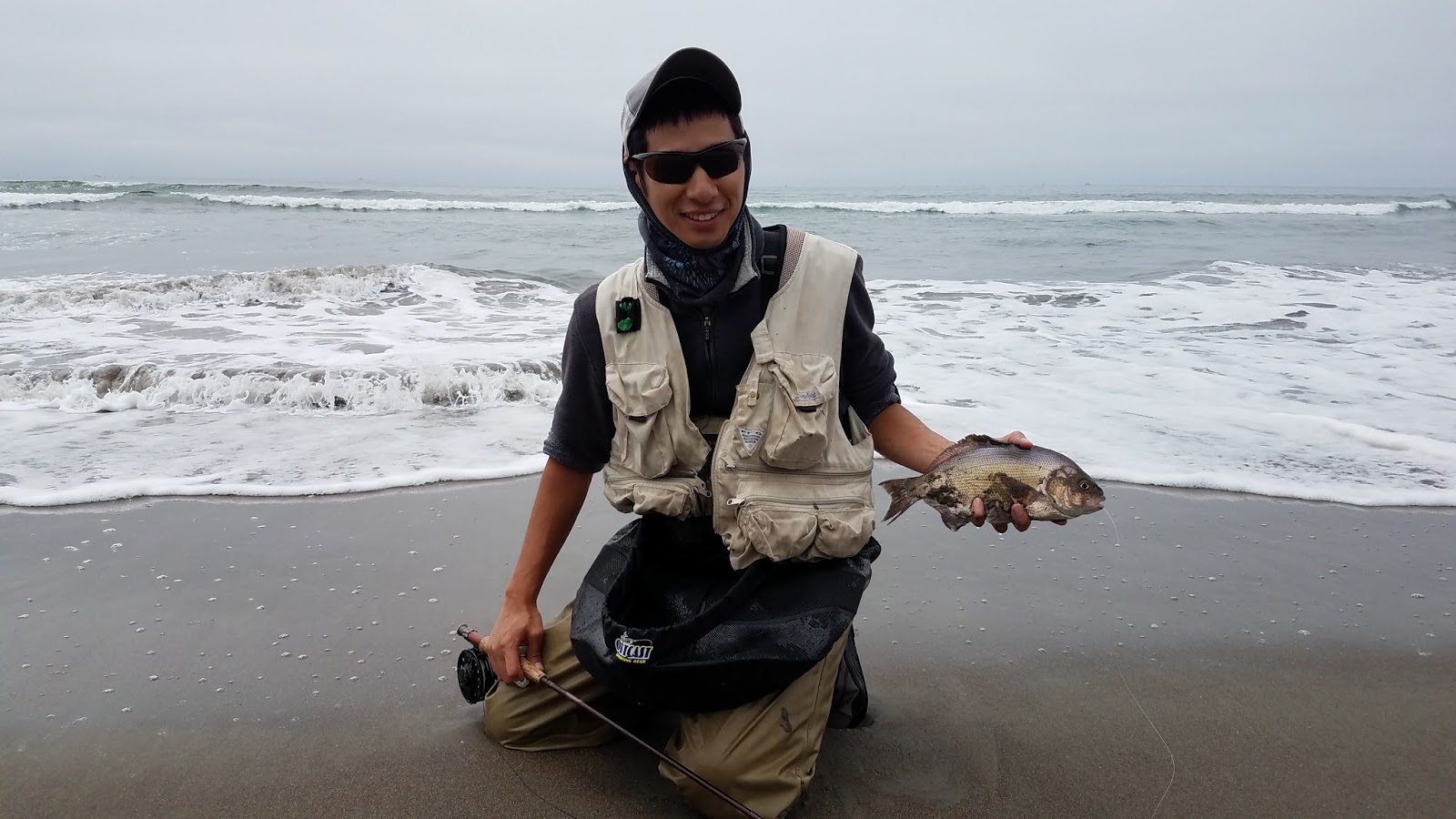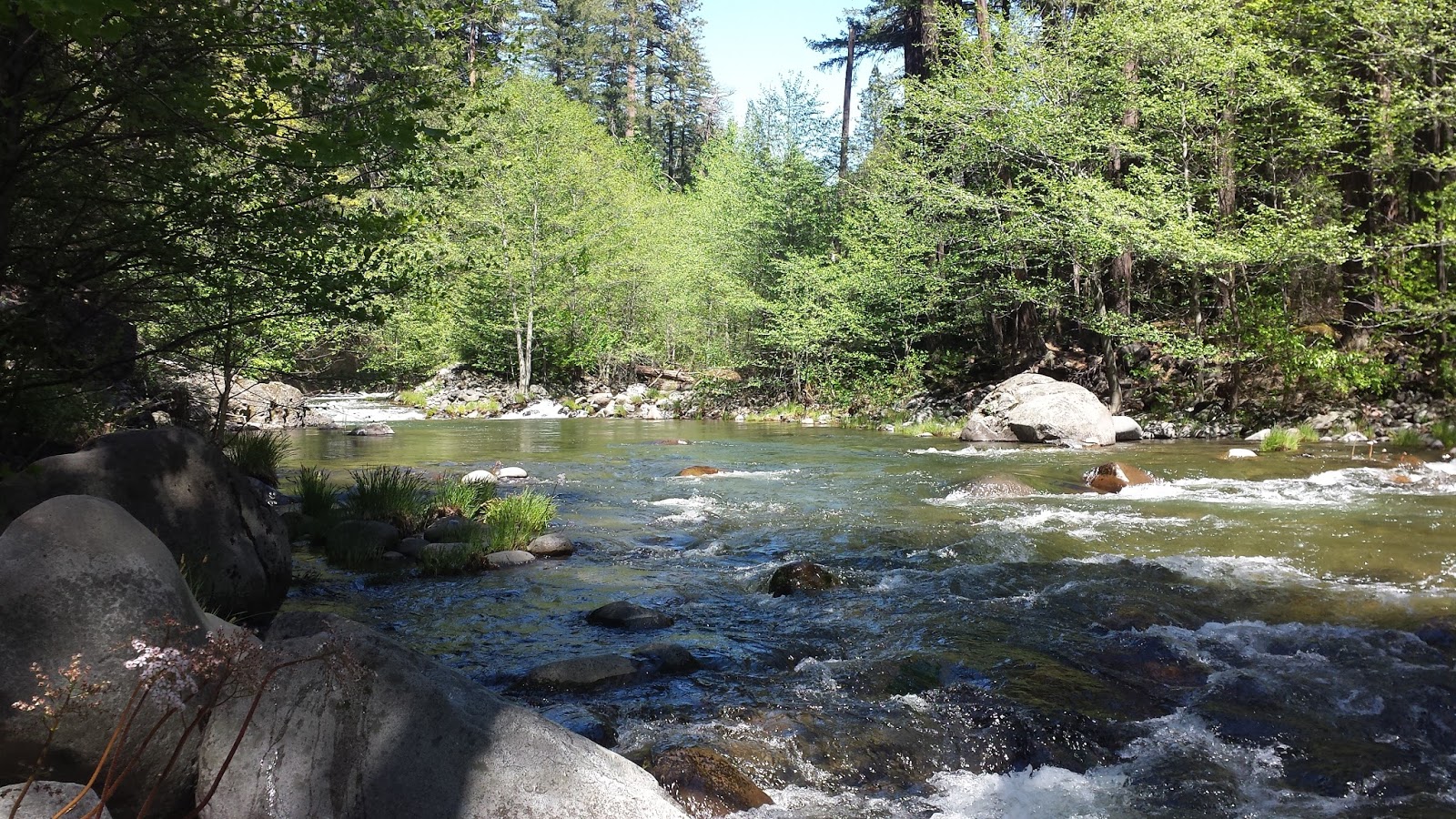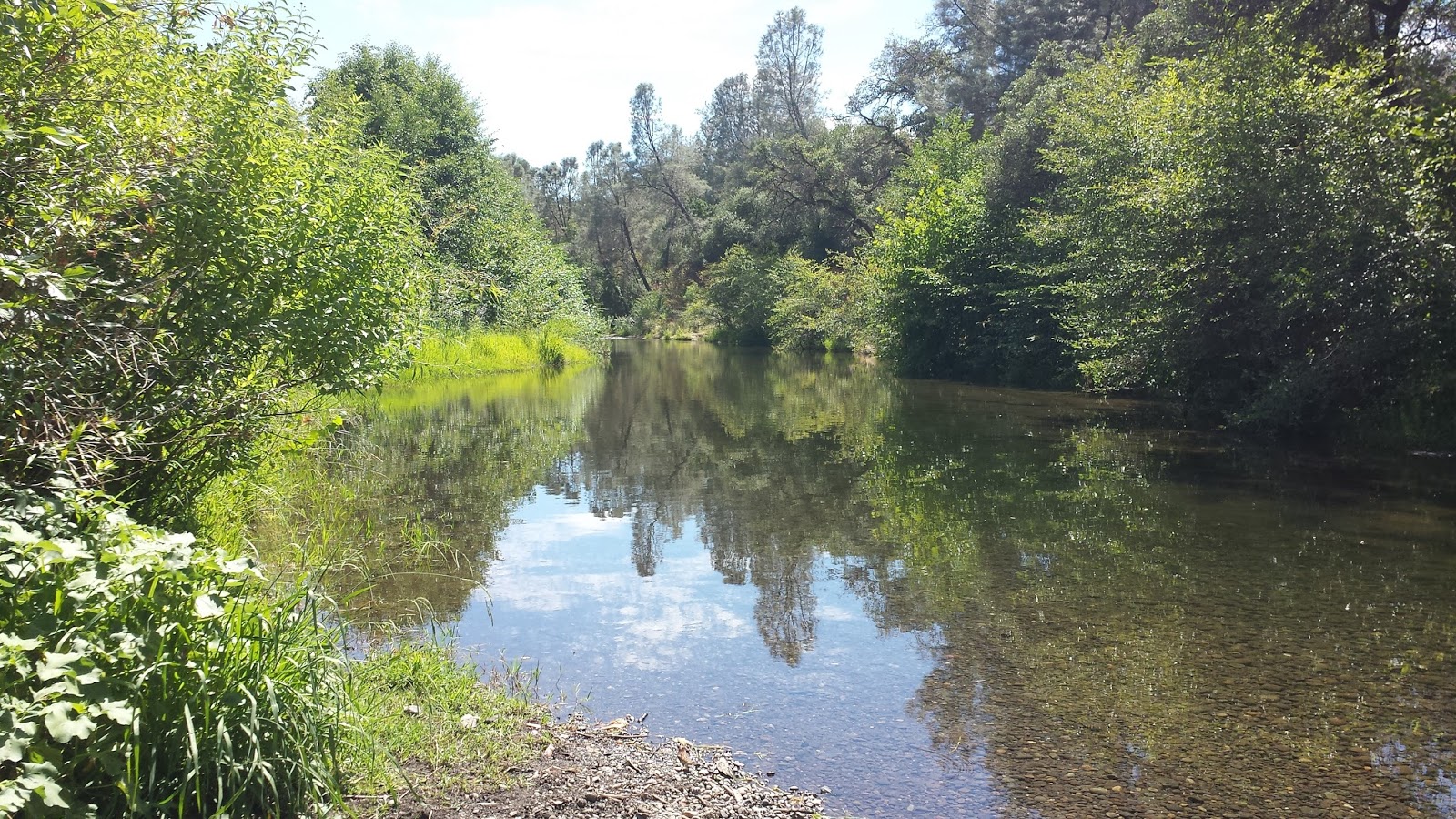Fishing the American shad run when they are “in” can be like trying to complete a long grocery list at Costco during the first weekend of the month. Occasional crowds, shoulder-to-shoulder contact, anger, frustration, and sometimes even fights reign in popular areas where these fish are present. Don’t expect to find yourself on the bank by yourself; shad season tends to be a combat fishing season.
I’ll admit that American shad are pretty damn fun to catch. They are strong, make good short runs, and from time to time will show you aerial displays that they are capable of making. American shad are a great fish to catch on a fly rod because they react well to fly patterns. More often than not, flies will produce better numbers than a typical grub rig. What’s not to like about this species?
Reasons why I think American shad are overrated:
- Shad are easy to catch.
- There isn’t too much of a match the hatch with American shad therefore a few different patterns and colors here and there will easily get the job done. If they’re there, they’ll bite.
- Once I get the shad fever early in the season and catch a few during their arrival, the magic is quickly lost. Too much of a good thing I suppose…
- Since they are so abundant and easy to catch during the run, sometimes it feels as if everyone is out on the river fishing for them.
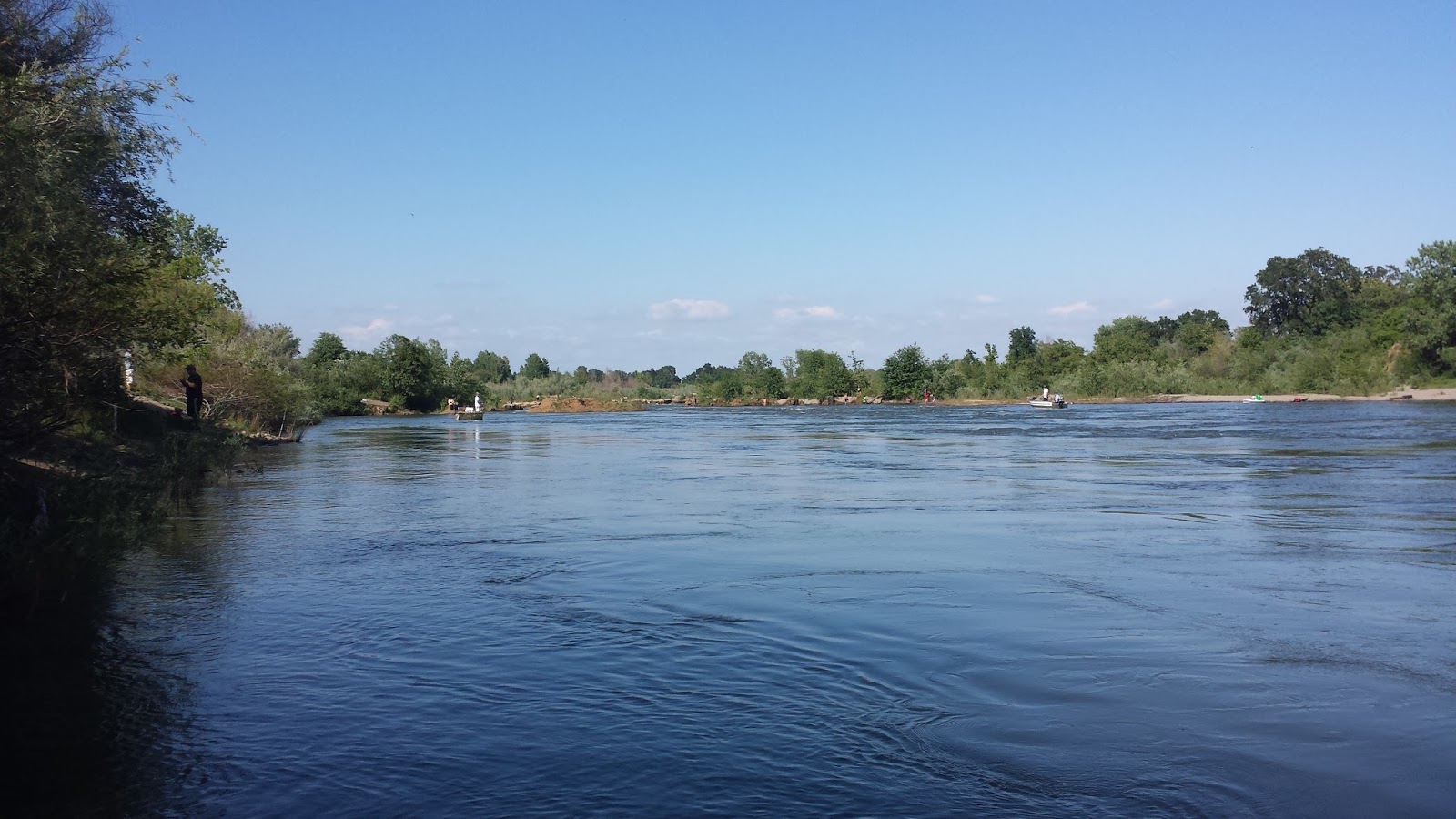 |
| The Combat Zone |
- Combat fishing is not fun.
- Even boats have to play boat wars to get a spot.
- Trying to swing a fly in a combat fishing zone can be difficult. I try to be a respectful angler and give others room but I always end up being the asshole with the 11ft fly pole taking up like 30ft of bank space. Being the odd duck is sometimes quite frustrating.
- Nothing ruins the mood more than seeing 15 anglers shoulder-to-shoulder along the bank throwing their lines into the river.
- Better coming than going.
- The American shad run is like that really hot date you met at that party and went out with a couple of times only to forget that they even existed after a few weeks.
- The shad hype is at it’s highest when they arrive. After a few weeks of their arrival the crowds tend to thin out.
The Silver Lining
Targeting these anadromous fish every spring is like a ritual. I’ve come to realized that even though guides and boat anglers will brag about 30 – 50 fish days, the most important concept for the average bank angler is to find a couple fish here and there and just have fun.
The majority of anglers out on the river are simply trying to have a good time by catching a few fish and letting them go. Many of the anglers I meet in the combat zone are very friendly and fun to talk to.
American shad are super easy to catch, can be found almost anywhere in the river during “prime-time”, and you get a good three month period when you can successful target them.
So get out there, catch a few, keep a few, release the rest, have fun, and when the crowds start rolling in just take a deep breath.
